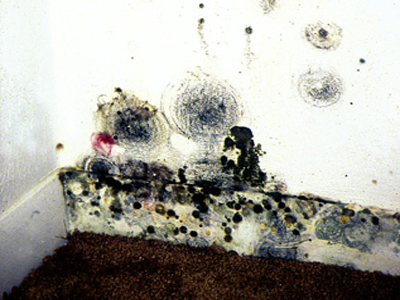Infrared Imaging and Mold Detection
Sponsored by:

Tip written by: Infraspection Institute
As concerns regarding indoor air quality increase, there is increasing concern with respect to mold. Used properly, a thermal imager can help identify areas of potential mold growth.

Mold is a ubiquitous single cell organism that tends to favor moist environments. Of the thousand species of mold found worldwide, many are harmless; however, certain species are toxic. Others can cause chronic health problems in humans.
While thermal imagers cannot detect mold directly, they can detect evidence of the latent moisture often associated with mold presence. When using a thermal imager to detect latent moisture, keep the following in mind:
- Evidence of moisture can only be detected if a temperature differential exists across the surface of the material being inspected.
- Frequently, a delta T can be created by actively heating or cooling a structure or by relying on solar loading of the subject areas.
- Subject building components should be imaged from both indoor and outdoor aspects under the correct weather conditions.
- Suspected moisture presence must be confirmed by independent means.
- A negative finding for latent moisture does not guarantee that mold is not present.
Since moisture presence is not positive proof of mold presence, further laboratory tests will be required to confirm mold within any moist areas detected.
Using thermal imaging to detect latent moisture within buildings is one of the many topics covered in all Infraspection Institute Level I training courses. For more information on thermographer training or to obtain a copy of the Standard for Infrared Inspection of Building Envelopes, visit Infraspection Institute or call us at 609-239-4788.
Advertisement

